Table of Contents
Muscle aches in the chest result from a variety of common activities, including lifting large objects, sports injuries without a proper warmup, or just poor posture when using a computer. Chest muscle aches are far less dangerous than heart attacks, but they can still be very painful and difficult to deal with on a daily basis. You should see a doctor as soon as possible to assess your pain before it gets worse.
Read on to learn more about chest pain, how you will be evaluated and treated, and when you should worry about your pain.
What does muscle pain in the chest feel like?
You usually feel a pain in the upper chest muscles, which may be either sharp and well-localized, indicating an acute injury, or dull aching involving the whole chest in chronic conditions. This pain may occur during your exercise session due to muscle spasms or tightness, followed by relief when you rest.
Muscle pain markedly decreases your range of motion, meaning that you will be unable to fully extend your arms like when you’re lifting heavy weights or even you’re doing your house chores.
Sometimes sudden muscle pain can be associated with a painful tearing sensation in your chest followed by tingling due to potential injury to nerves, or else muscle spasms compressing your nerves.
Muscles in the chest
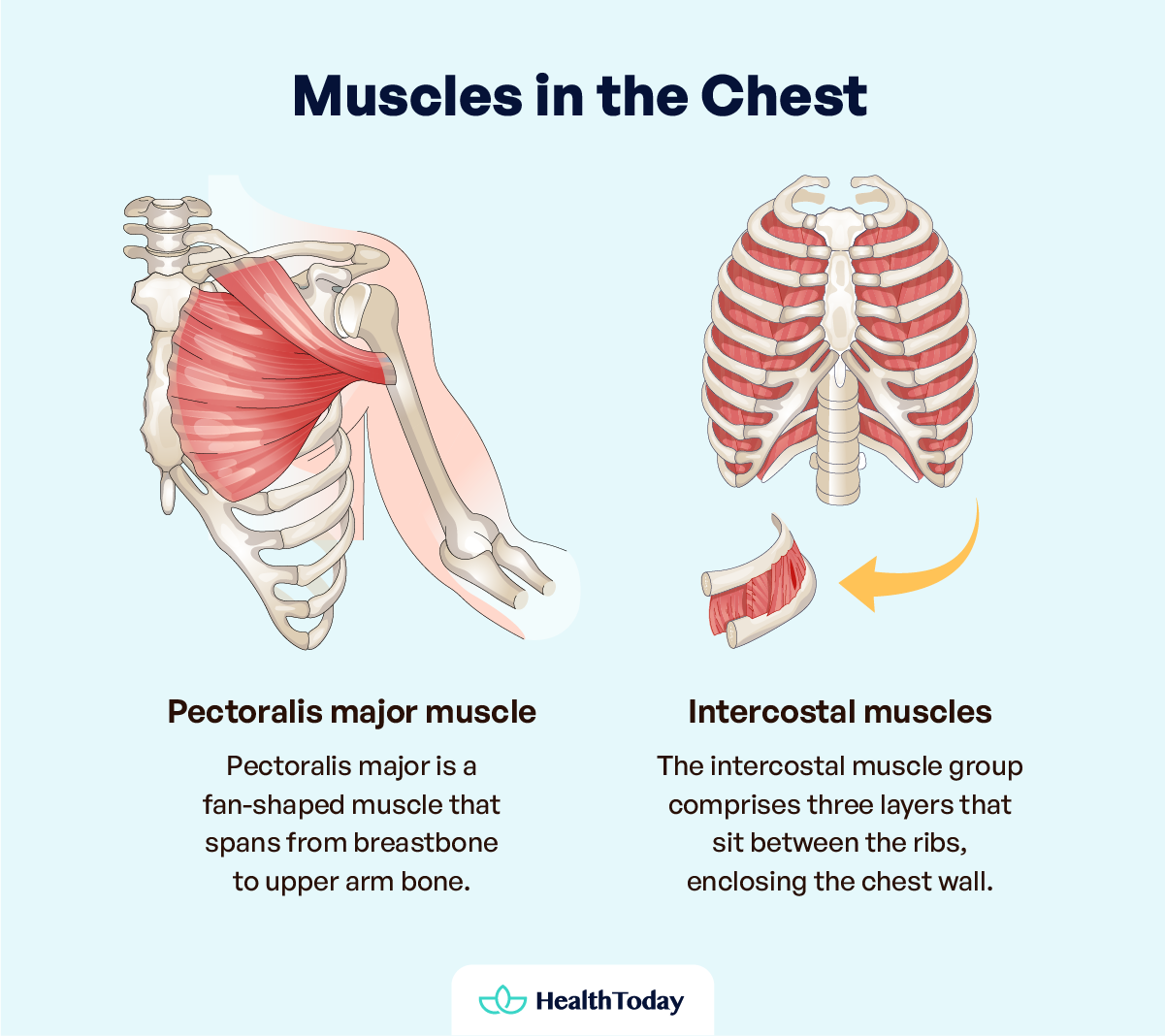
Pectoralis major is a fan-shaped muscle that spans from your breastbone to your upper arm bone. It connects your chest to your arm and facilitates certain movements, like hitting a tennis ball with a racket.
The intercostal muscle group comprises three layers that sit between the ribs, enclosing the chest wall. This muscle group works together to stabilize the rib cage and make breathing much smoother. Both pectoralis and intercostals can get strained during heavy exercise or in the elderly when they accidentally fall.
Cardiac causes of non-muscular chest pain
Cardiopulmonary causes are the most dangerous causes of chest pain, most notably:
- Pulmonary embolism (blood clot blocking blood supply to the lung)
- Acute coronary syndrome
- Aortic dissection
- Pericardial tamponade
Cardiologists typically exclude these cardiac causes by evaluating heart function to see if long-term heart muscle damage is causing the pain (1). This gives you an idea of how risky these cardiac causes are.
The difference between heart pain and non-cardiac muscle pain
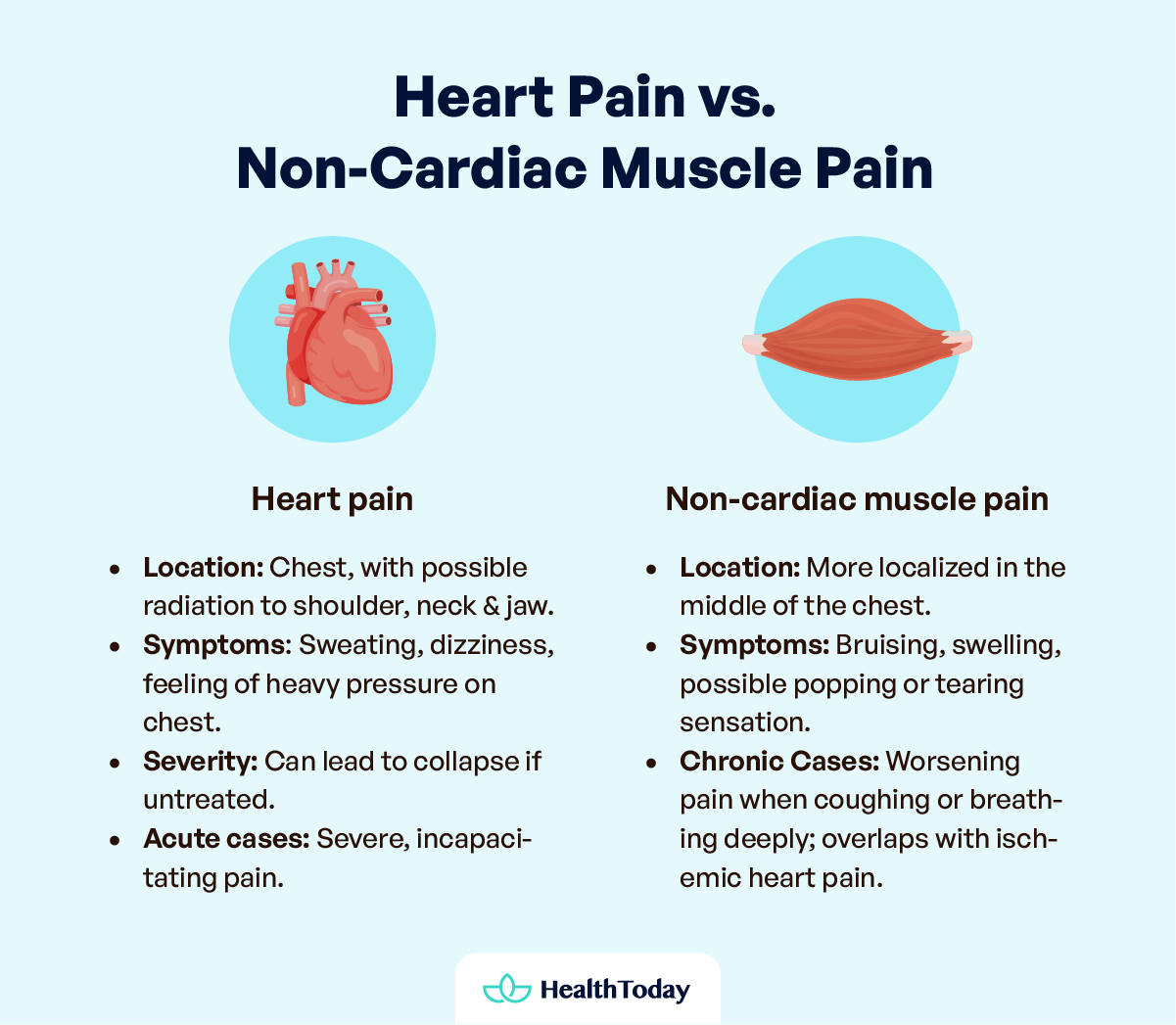
The main distinction between cases of cardiac and non-cardiac chest pain depends on how the pain first manifested: In acute cases, cardiac pain (heart attack) is characterized by an intense, incapacitating pain that severely restricts movement, making you feel as if a heavy object was pressing against your chest. You can also feel this pain in your shoulder, neck, and jaw (2).
It is also frequently accompanied by sweating, dizziness, and agony, and if left untreated, may result in collapse.
However, a non-cardiac muscle or tendon injury is usually more localized in the middle of the chest and may be accompanied by bruising and swelling around the injured area.
In addition, you can feel—or sometimes hear—a popping or tearing in your chest at the time of injury.
In chronic muscle strain, you may not be able to tell the difference between a progressive ischemic heart attack (a heart muscle that is progressively damaged) and muscular chest pain, as they exhibit overlapping characteristics, such as worsening pain when coughing or breathing deeply (3).
For this reason, you should always take chest pain seriously.
What are the different grades of muscle pain in the chest?
There’s a universal grading system consisting of 3 grades of muscle pain in the chest, according to the extent of damage, affection of range of motion, and expected recovery outcome (4, 5):
- Grade 1 injury: Mild damage, less than 5 percent of muscle fibers, mildly affected strength and motion, with the recovery usually only lasting two to three weeks.
- Grade 2 injury: More extensive damage to a higher amount of muscle fibers without complete rupture, significant problems with strength and motion, with the recovery usually taking two to three months to heal.
- Grade 3 injury: Complete rupture of the chest muscle, a severe case requiring surgery to repair or reattach the affected muscle.
Could I have chest pain without muscle damage?
Yes, chest pain can happen for many reasons other than a heart condition or muscle strain. Examples include infections such as pneumonia, bronchitis, or costochondritis; gastrointestinal conditions such as gastric reflux; lung conditions such as asthma or pulmonary embolism; or stress like anxiety or panic attacks.

Treatment
The main modalities of treatment are the RICE method, physical therapy, and possibly surgery for severe cases (6):
RICE Method
Generally, any strained muscle is first treated using the RICE method, which stands for Rest, Ice application, Compression, and Elevation. It’s an effective process to reduce pain and inflammation and can be repeated for up to 48 hours after the injury. In case of a chest muscle injury, resting and applying ice are usually enough.
Physical therapy
In severe injuries, physical therapy may be prescribed early in the process after adequate rest in order to improve healing and flexibility and regain strength in the chest muscles. It also has the advantage of reducing strain and swelling, which lowers the risk of further injuries (7).
Surgery
It’s only indicated in grade 3 injury with a muscle rupture, or if the x-ray is showing signs of bone fracture (8).
What is the best painkiller for muscle pain?
Medium potency analgesics (painkillers), such as diclofenac sodium topical gel 1 for muscle pain, are typically sufficient for relieving pain. It can be combined with non-steroid anti-inflammatories such as ibuprofen, which help reduce swelling and inflammation (9).




Recovery period
The degree of your strain will determine how long it takes you to heal. After injury, minor pulls may recover in as little as two or three weeks. It may take months for more severe strains to heal, particularly if surgery is performed.
While recovering, avoid heavy lifting and other physically demanding exercises. As your pain subsides, gradually return to your prior sports and activities. Observe any pain or other symptoms you encounter and take breaks when needed.
For the best outcomes, adhere to any special instructions your doctor may provide.
Diagnosis
A doctor’s job is to first rule out the most severe or worrisome causes, such as cardiac conditions, pulmonary embolism, or rib fractures. Doctors will also get a personal history of the pain, including how long you have had it, whether it is sharp or dull, worse with breathing, what triggers the pain and what helps ease it, and whether it comes and goes or is it constant.
Once the life-threatening causes are ruled out, a doctor will also evaluate if it could be due to conditions like anxiety, depression, or panic reactions.
The psychological factor
They ask for more details about your personal history, such as whether you are going through a stressful situation or having marital issues that could trigger your chest pain.
This can help in your diagnosis as doctors decide that your chest pain is due to an attack of anxiety or depression and may refer you to a psychiatrist to help you through your anxiety attack.
Being diagnosed with a mental disorder does not mean you’re incompetent; it’s just you’re going through a challenging situation, and a chat with a professional can help you cope with stress and lead a happy life.
Anxiety disorders are the cause of many visits to the emergency room for complaints of chest pain, which the patient may mistakenly believe to be heart-related (14). Suppose you are going through a lot of life changes or have a history of depression or anxiety. In that case, it is still important to see a doctor to rule out cardiac conditions, but also discuss with your regular doctor ways to cope with reducing these non-cardiac causes of chest pain to reduce their frequency (15).
How doctors assess your chest pain
Doctors order some tests to assess your heart function, such as electrocardiography (ECG), echocardiography, and blood troponin levels, which are important indicators of heart muscle damage.
After they ensure your heart is in good shape, doctors can conclude it is non-cardiac chest pain (NCCP), defined as recurring chest pain without evidence of coronary heart disease in conventional diagnostic evaluation (16).
Fortunately, your chest pain is more likely to be non-heart-related than heart-related, as the prevalence of the former is up to 70 percent (16).
How are tender chest muscles diagnosed?
Doctors evaluate your condition and always rule out life-threatening conditions first. They will take a thorough history by asking about the primary complaint, the nature of the pain, and any related symptoms. Then, they may perform some examinations, such as listening to the heart and lungs and assessing the range of motion and muscle strength. They may order some tests to rule out cardiac conditions, such as electrocardiography (ECG).
They may order a chest x-ray to rule out any rib injuries or lung conditions.
Due to pain and swelling, patients with acute muscle injuries might not be able to withstand a clinical examination, so doctors may assess as best they can, prescribe rest, and then ask the patient to return (17).




What kind of chest pain is alarming?
You should be concerned if the pain feels sharp or “crushing” and you have other symptoms like sweating and dizziness.
Can a pulled muscle feel like chest pain?
Yes, you may feel a stitching, well-localized pain in your chest following a chest injury.
How can you tell if the pain is muscular or internal?
Only the doctor can tell accurately where your pain comes from.
Should you exercise an inflamed muscle?
You should completely rest an inflamed muscle and apply ice. After the inflammation resolves, you can gradually start physical exercise.
Can muscle inflammation go away on its own?
Unusually mild inflammation can go away with painkillers and topical gels, especially if there is no marked restriction of movement.
Summary
Chest pain can range from muscle aches from over-exercise to a fatal heart attack. However, chest pain has many causes, including lung conditions, gastrointestinal causes, infections, and psychological conditions.
It’s usually described as an excruciating and restrictive pain in your whole chest. At the same time, a simple muscle sprain or tear produces a sharp localized pain that does not limit your ability to move or call for help; a heart attack can present differently in different populations, especially between men and women (18).
Doctors diagnose and stage your muscle tear/sprain depending on their examination after they exclude more serious conditions. They may provide tests such as EKGs and lab tests or order an x-ray.
Next, doctors grade your injury and provide you with a tailored treatment plan that includes a combination of RICE, medications, physical therapy, and, if needed—surgery.
Finally, you should always get professional medical attention. This article aims to help you feel better and not worry if you have chest pain.





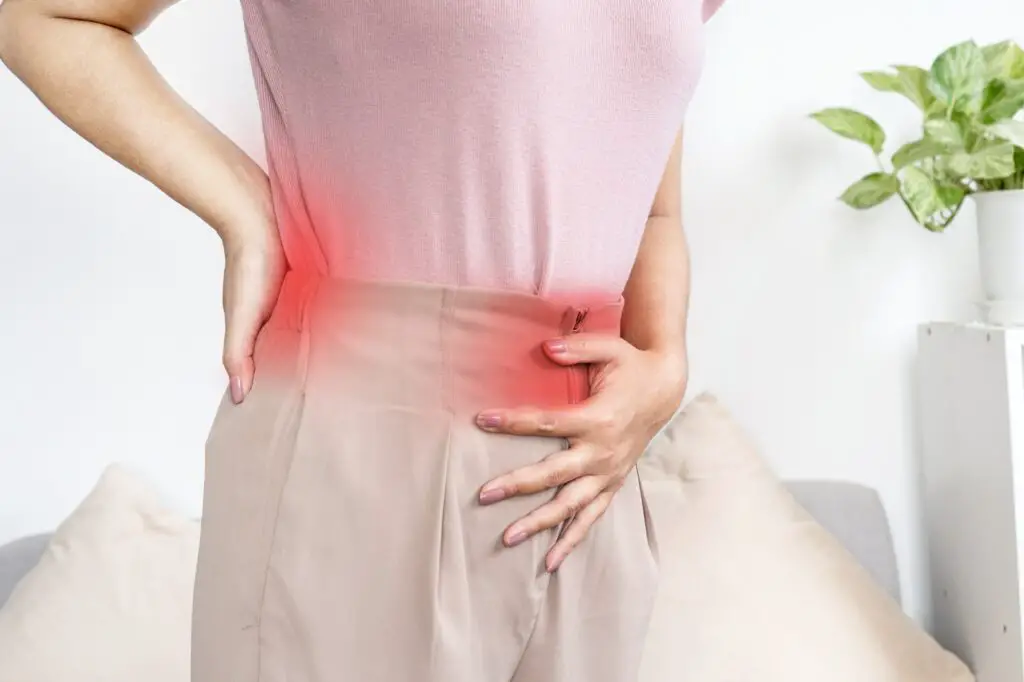

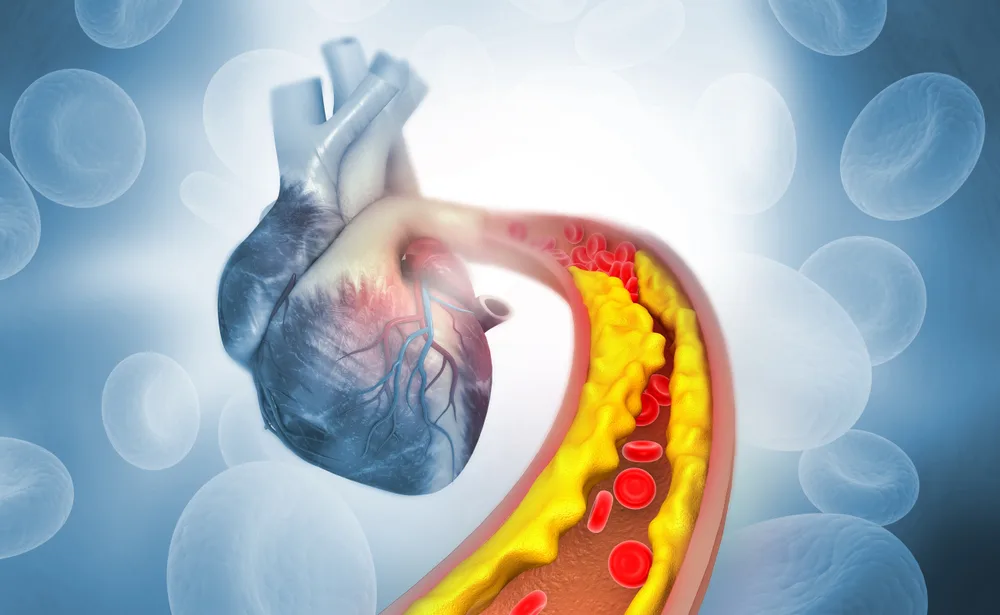
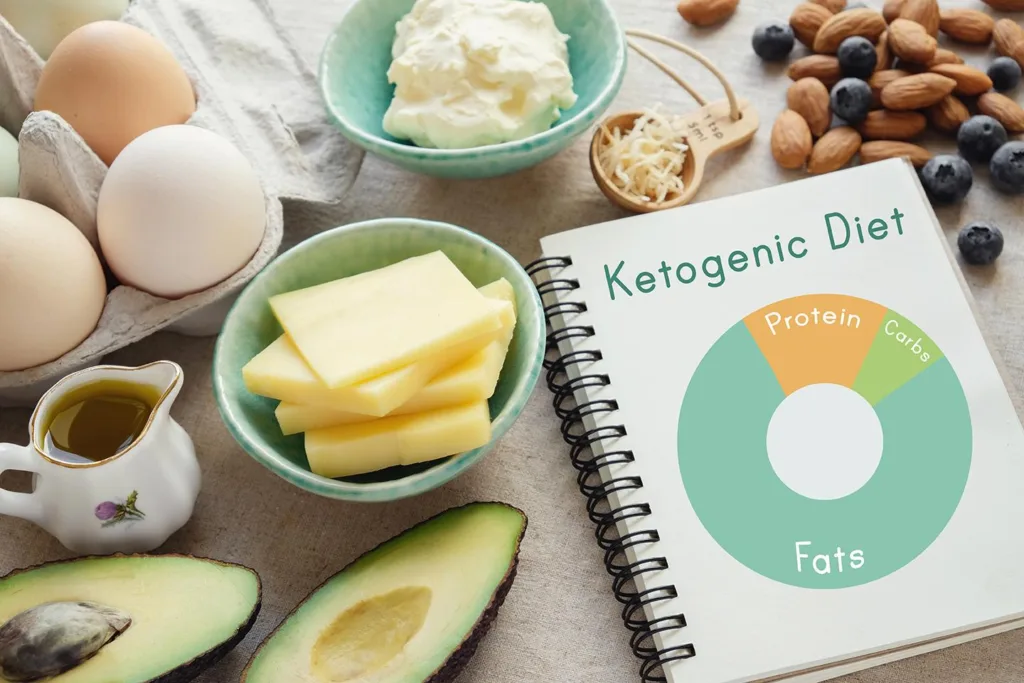
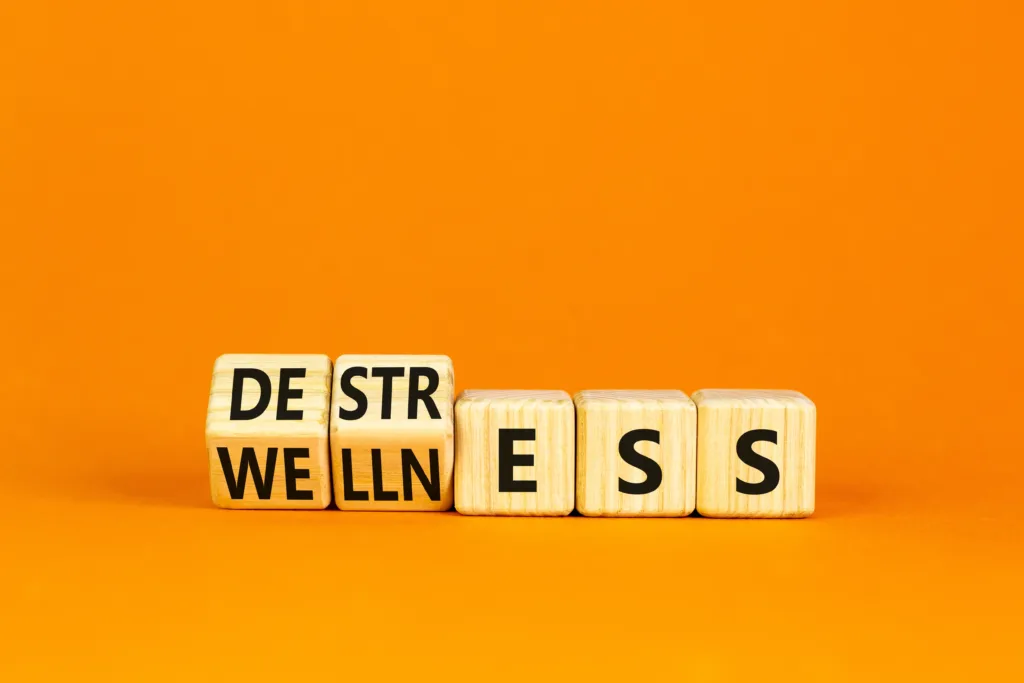
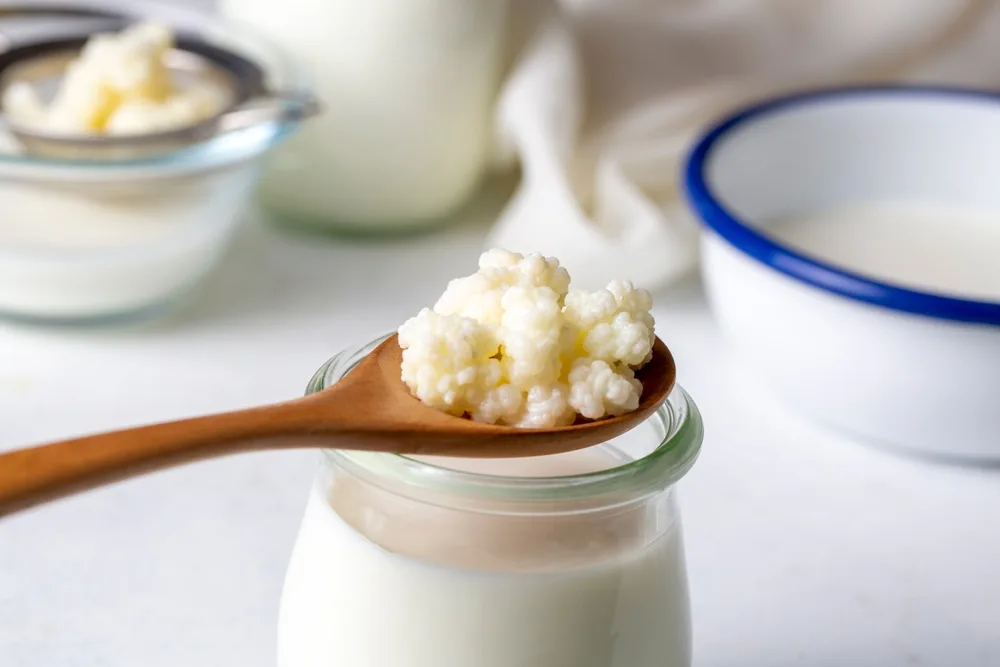
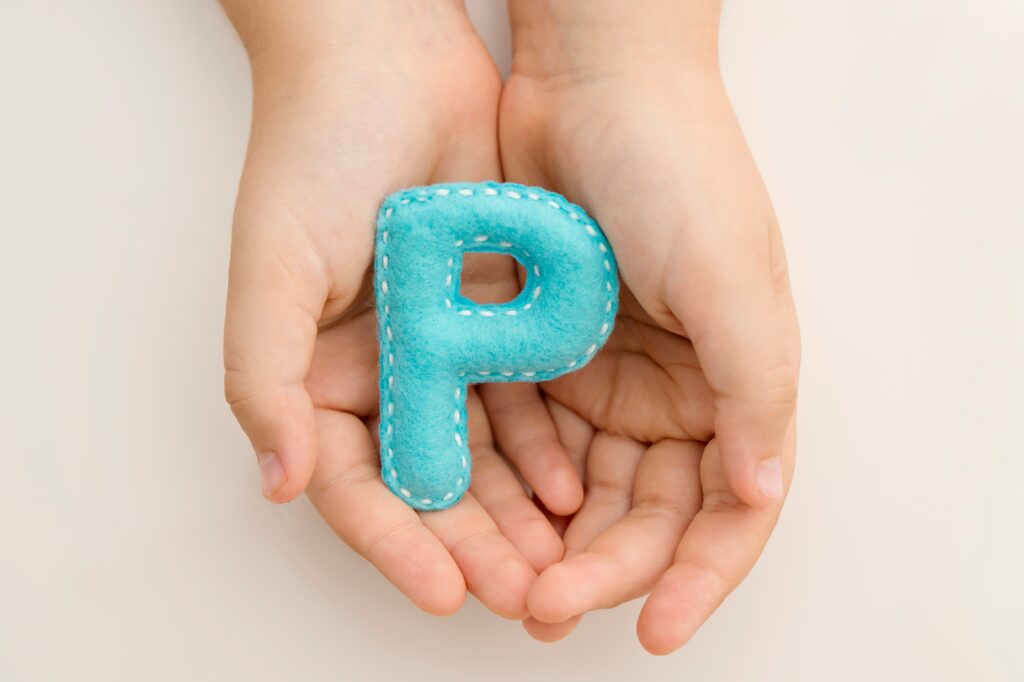

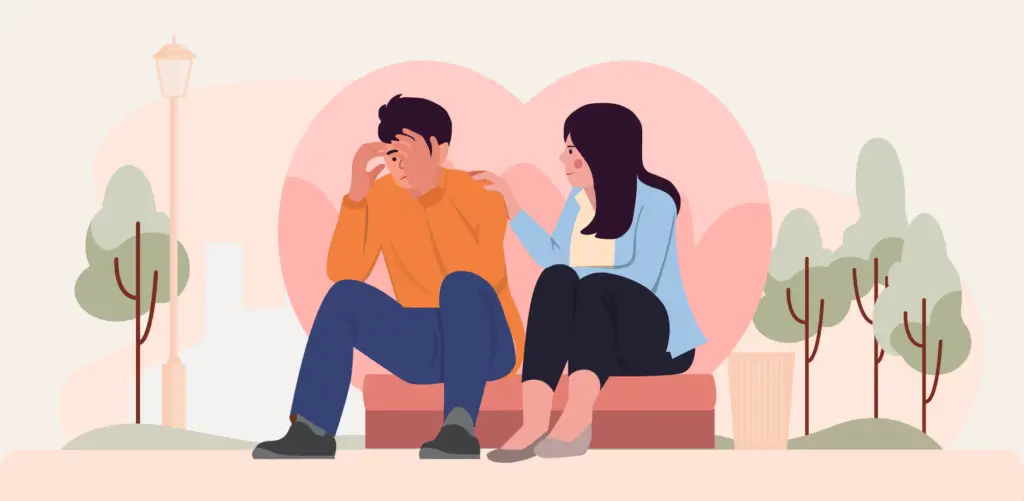



Comments
0